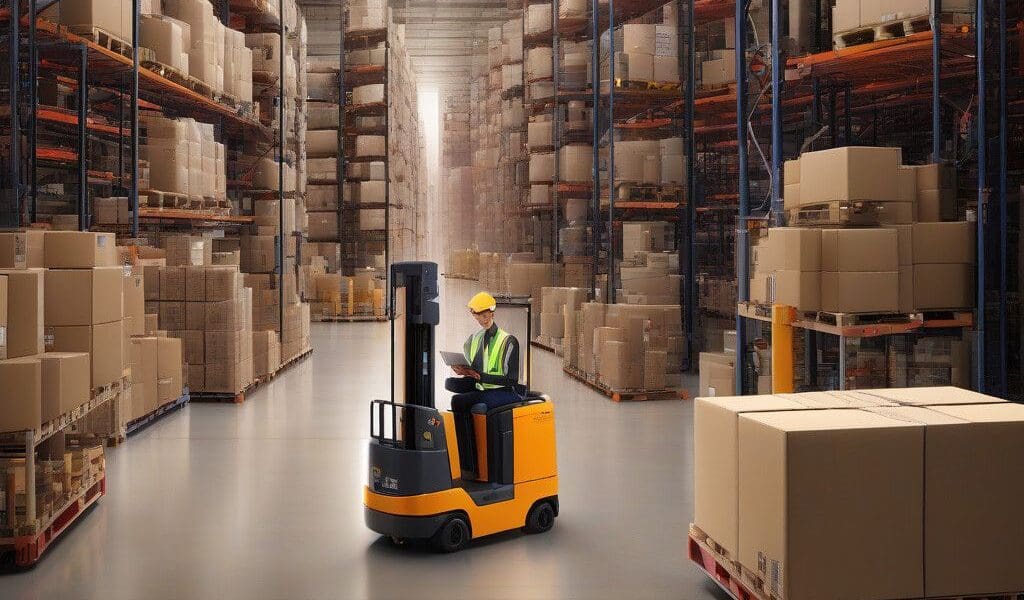As e-commerce continues to flourish, the complexities of parcel shipping have also increased significantly. Addressing rising concerns within the shipping industry is essential for shippers to navigate this landscape effectively. A recent report, “The ProShip Report: Navigating the Future of Parcel Shipping 2024,” brings forth valuable insights collected from a survey of 209 high-volume parcel shippers. The findings provide a detailed look into fulfillment preferences, challenges faced, and the technologies expected to shape the future of shipping.
Key Trends in Fulfillment Methods
One of the main takeaways from the ProShip report is the shift towards a more diversified approach to fulfillment locations. High-volume shippers are increasingly adopting a blend of stores, third-party logistics (3PLs), and drop-ship vendors to meet customer demands effectively. This mixed-method approach not only caters to individual customer needs but also optimizes inventory management.
For example, a retail chain might use their physical stores as distribution points for online orders, which can significantly reduce shipping times and costs. In fact, this trend reflects the growing consumer expectation for faster delivery, pushing retailers to innovate in how they fulfill orders.
Challenges in Current Shipping Practices
Despite the advantages of multi-channel fulfillment, the report reveals that numerous challenges continue to plague shippers. A critical issue highlighted is the balance between shipping visibility and accuracy. Although data accuracy was rated as a lower concern at 8%, ensuring clear visibility of shipping processes emerged as a major hurdle, with 21% of respondents citing this as a significant challenge.
Improving visibility throughout the shipping journey is crucial for maintaining customer trust. Shippers should consider investing in advanced tracking technologies and better data management practices. A proactive approach here can lead to enhanced customer satisfaction, as real-time updates allow customers to stay informed about their purchases.
Workforce Availability: A Growing Concern
Another pressing issue mentioned in the ProShip report is the continuous challenge of workforce availability. Finding enough qualified workers remains the top concern among shippers regarding the future of high-volume parcel shipping. As online shopping surges, the demand for efficient and reliable shipping solutions increases, putting additional pressure on the labor market.
Employers must recognize the importance of creating attractive work environments and providing training opportunities. Involving technology in workforce management can also optimize operations, streamline processes, and reduce the burden on employees.
Emerging Technologies Shaping the Landscape
Moreover, the report illustrates the potential impact of emerging technologies on parcel shipping over the next three to five years. Among the technologies identified by respondents, automation and artificial intelligence (AI) stand out as having the most substantial influence. By implementing AI-driven solutions, shippers can optimize their logistics, forecast demand, and analyze shipping data more effectively.
For instance, automation tools can assist with warehouse management and sorting packages, leading to reduced labor costs and increased efficiency. Furthermore, AI can enhance customer service, allowing for more personalized shopping experiences and quicker resolutions to issues.
The Importance of Integration
The efficient operation of shipping logistics also hinges on the integration of shipping software with existing systems. As businesses increasingly adopt various technologies, creating seamless operations is imperative to optimize costs and improve service levels. A unified system can minimize errors and ensure smoother transactions from order placement to final delivery.
This emphasizes the necessity for shippers to assess their current technologies and identify areas that require upgrading or integrating. A well-structured technological ecosystem can lead to smoother workflows and ultimately contribute to higher conversion rates in e-commerce.
Conclusion
In summary, navigating the future of parcel shipping presents both opportunities and challenges. The insights from the ProShip report indicate that a mix of fulfillment methods, an emphasis on visibility, concerns about workforce availability, and the adoption of emerging technologies are all critical components impacting shippers today. By addressing these challenges and leveraging new technologies, businesses can streamline their operations, enhance customer satisfaction, and remain competitive in an ever-growing e-commerce landscape.
As the shipping industry continues to evolve, those who adapt quickly and efficiently will not only survive but thrive in this dynamic environment.












